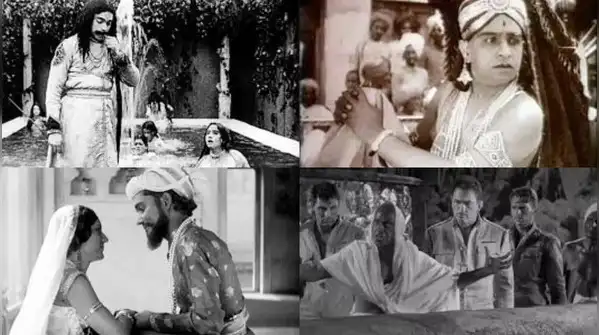
1/8
Pushpak, Raja Harishchandra and others: Silent movies of Bollywood that are still heard
The realm of Indian cinema's silent era, though devoid of spoken dialogue, was far from quiet in its impact and innovation. Emerging in the early 20th century, these visual narratives laid the crucial foundation for the sprawling and vibrant film industry we know today as Bollywood. While many of these pioneering films are sadly lost to time, their stories and the circumstances surrounding their creation continue to resonate, offering invaluable insights into the nascent stages of Indian storytelling on screen and the eager audience that embraced it. Here are some of the golden films of that era that continue to resonate deeply with their audiences.
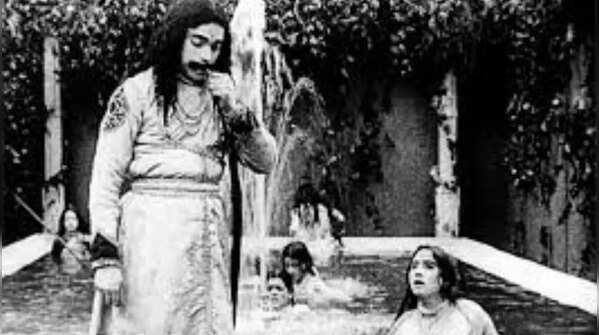
2/8
Raja Harishchandra (1913)
As India's first full-length feature film, Dadasaheb Phalke's creation marked the very genesis of the nation's cinematic journey. Despite its unfortunate loss, its narrative rooted in Indian mythology resonated deeply with the public, laying the groundwork for the themes and storytelling styles that would follow. The film's immense popularity demonstrated the Indian audience's eagerness for indigenous stories on screen, paving the way for the burgeoning film industry. Its historical significance is paramount, making it a foundational legend still recounted in every history of Bollywood.
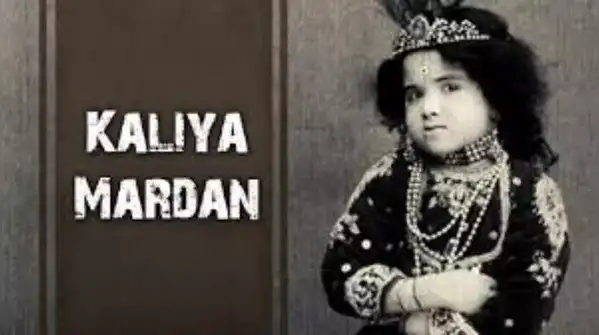
3/8
Kaliya Mardan (1919)
Another significant work by Dadasaheb Phalke, this film brought to life the popular mythological tale of young Krishna subduing the serpent Kaliya. Phalke's consistent focus on culturally resonant mythological narratives proved to have a strong public appeal during the silent era. While surviving prints are rare, the film's existence and its subject matter highlight the early cinema's connection to deeply ingrained religious and cultural stories, a trend that significantly shaped the industry's formative years and public engagement.
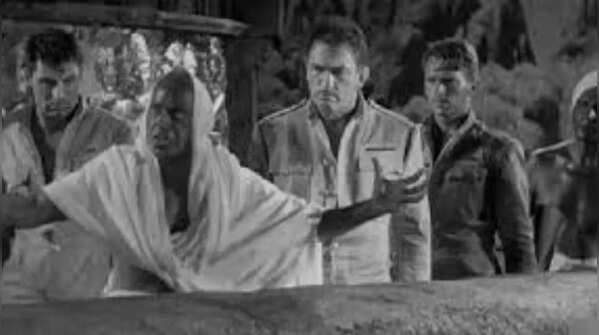
4/8
Bhakta Vidur (1921)
Kanjibhai Rathod's "Bhakta Vidur" stands out for its bold, albeit subtle, commentary on contemporary political issues by drawing parallels between the Mahabharata's Vidur and Mahatma Gandhi. This unique approach, however, led to censorship in Madras, underscoring the silent era's potential for social messaging and the authorities' sensitivity to it. The film's controversial reception makes it a noteworthy example of early Indian cinema engaging with real-world issues, even within a mythological framework, and its story continues to be "heard" in discussions about early censorship.
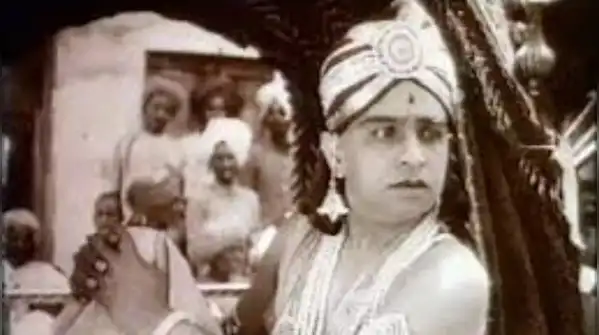
5/8
Prem Sanyas (1925)
This Indo-German co-production, directed by Franz Osten and known internationally as "The Light of Asia," showcased an ambitious international collaboration based on the life of Gautam Buddha. Its grand scale and cross-cultural production were significant for the time, demonstrating early Indian cinema's reach and ambition beyond national borders. The film's historical importance lies in its attempt to appeal to a wider global audience while telling a story of profound spiritual and historical significance, contributing to the memory of early Indian cinema's global aspirations.
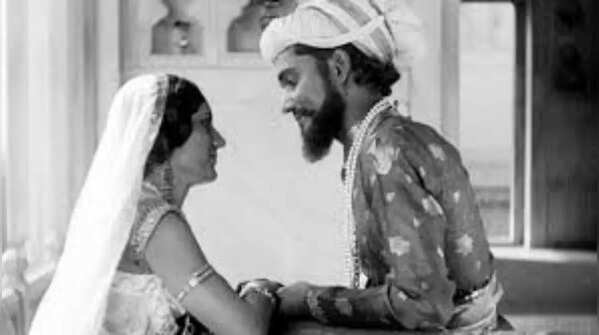
6/8
Shiraz (1928)
Another collaboration directed by Franz Osten, this time between India and Britain, "Shiraz" was a lavish costume drama set in the Mughal era, focusing on a fictional love story intertwined with the construction of the Taj Mahal. Its grand sets and visual spectacle were major attractions, highlighting the technical capabilities and artistic ambitions of the era. The film's appeal lay in its romantic narrative set against a historical backdrop, showcasing India's rich cultural heritage and contributing to the development of large-scale productions that would become a hallmark of Indian cinema.
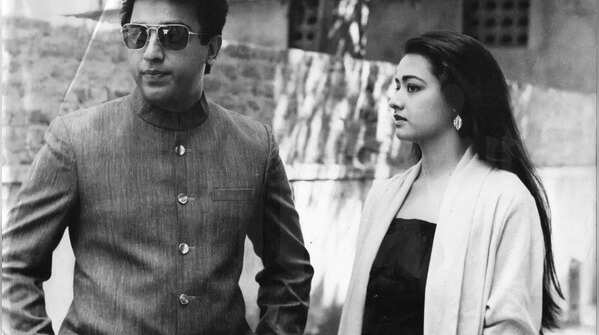
7/8
Pushpak (1987)
This Indian black comedy directed by Singeetam Srinivasa Rao, stands out as a unique and critically acclaimed silent film in the modern era. Starring Kamal Haasan in the lead as an unemployed graduate who temporarily takes over the life of a wealthy drunk, the film cleverly uses visual storytelling and L. Vaidyanathan's evocative background score conveys its narrative. Its lack of dialogue allowed for a universal appeal, transcending language barriers and earning it recognition at international film festivals, including Cannes. "Pushpak" also was awarded the Best Popular Film Providing Wholesome Entertainment at the National Film Awards, won the National Film Award highlighting its ability to engage a wide audience despite its unconventional approach.
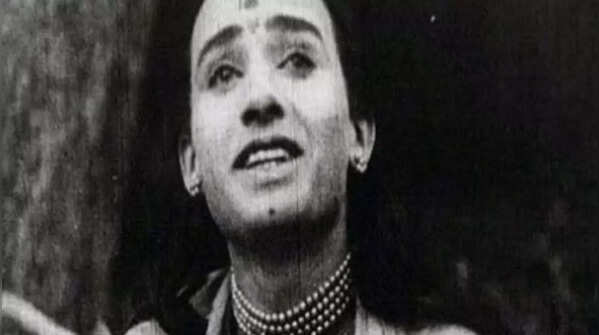
8/8
Lanka Dahan (1917)
Directed by Dadasaheb Phalke, this film based on an episode from the Ramayana became the first box office hit of Indian cinema, demonstrating the strong audience connection to mythological narratives. Its popularity highlighted the commercial viability of indigenous storytelling on the silver screen and solidified the importance of religious epics as a key theme in early Indian films. Notably, Phalke employed trick photography in this film, showcasing early experimentation with special effects and contributing to the developing visual language of Indian cinema.
Follow Us On Social Media

 9 hours ago
41
9 hours ago
41

























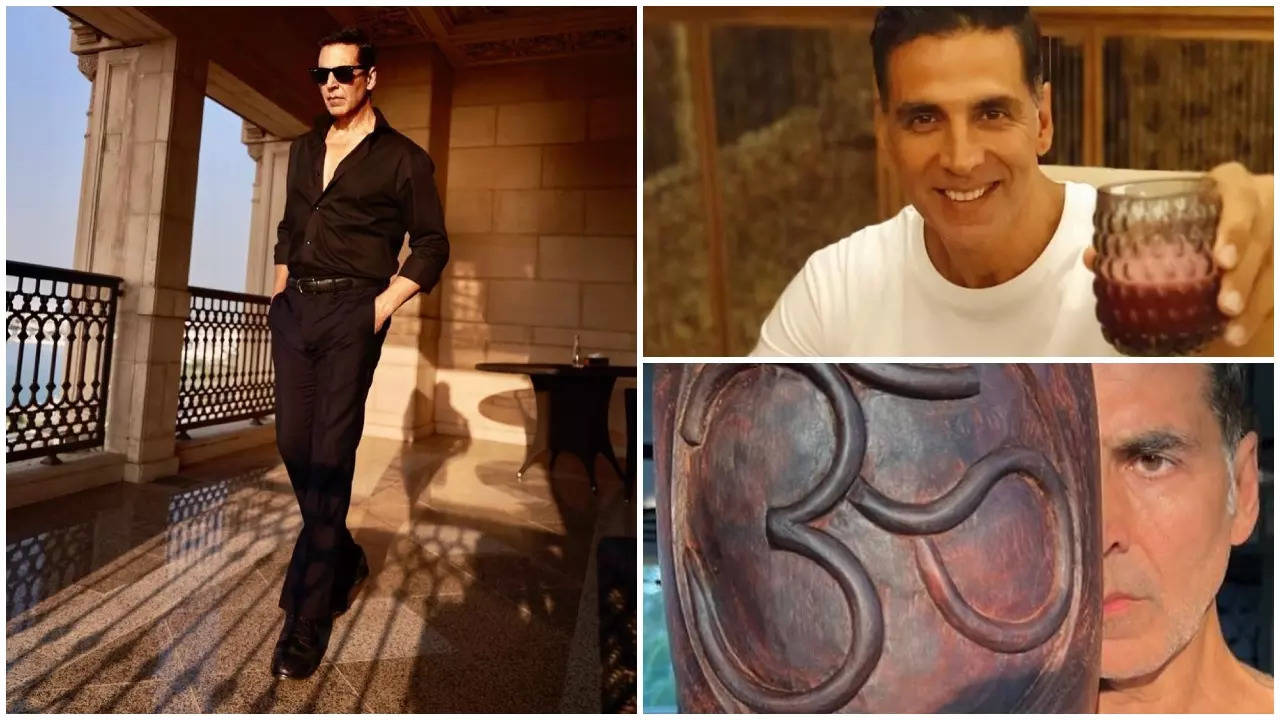


 English (US)
English (US)